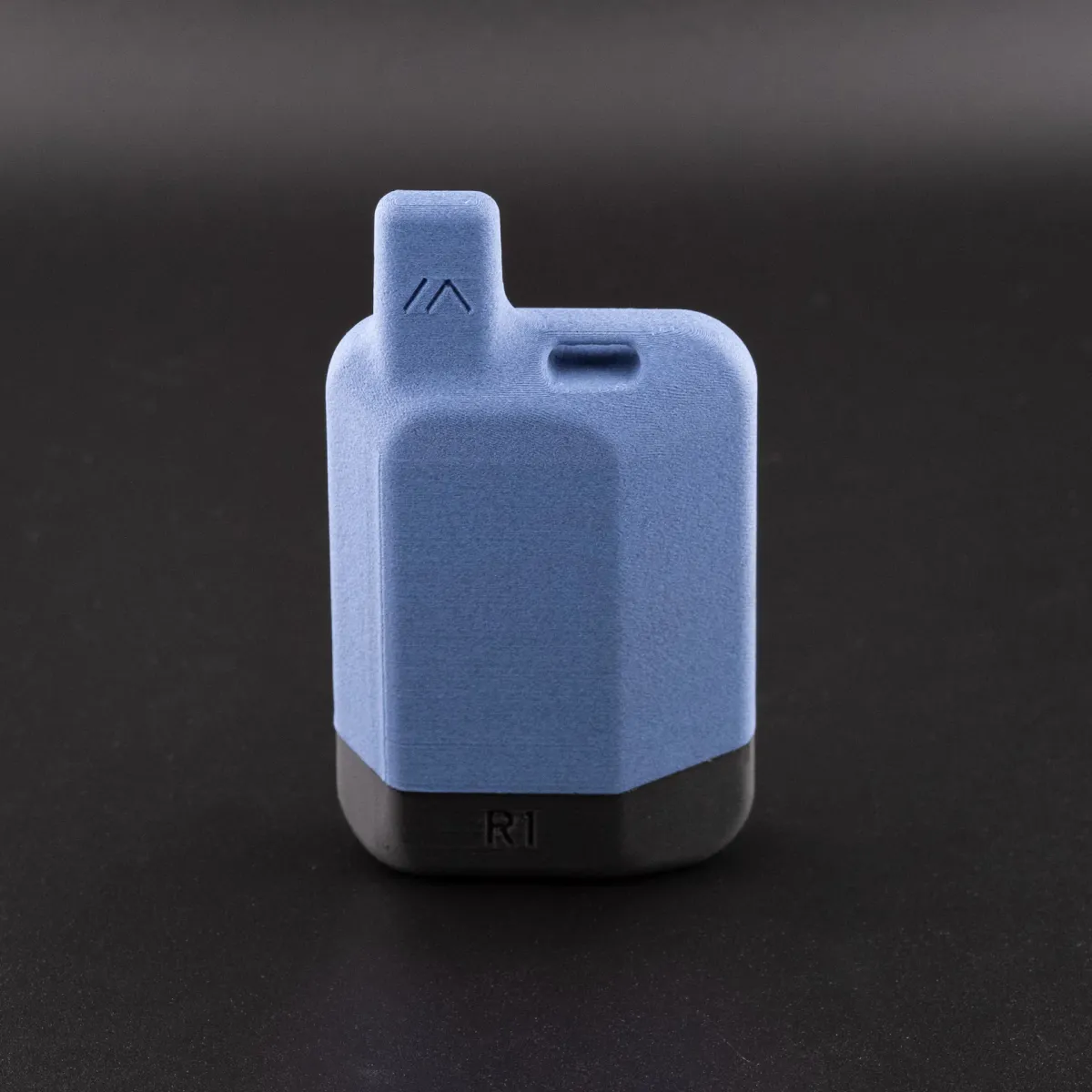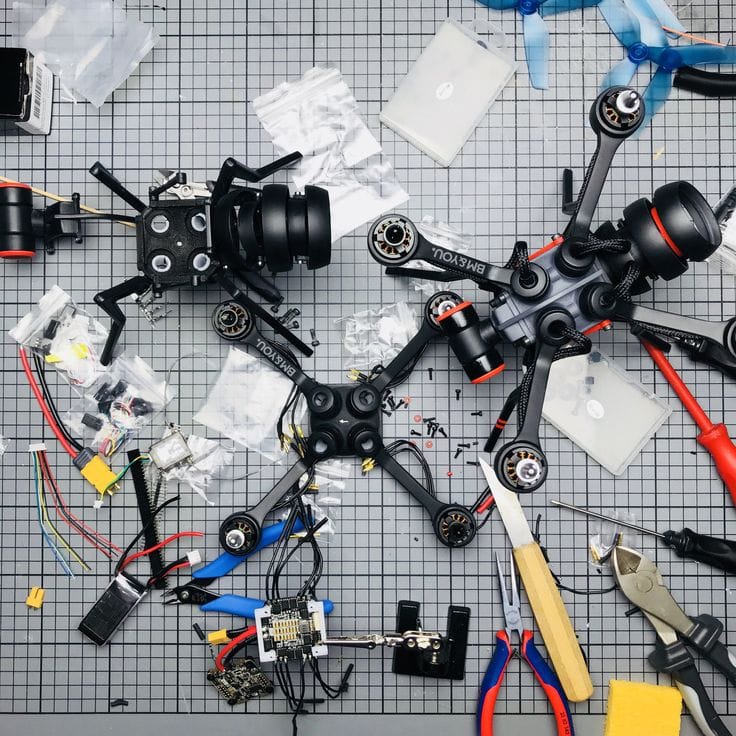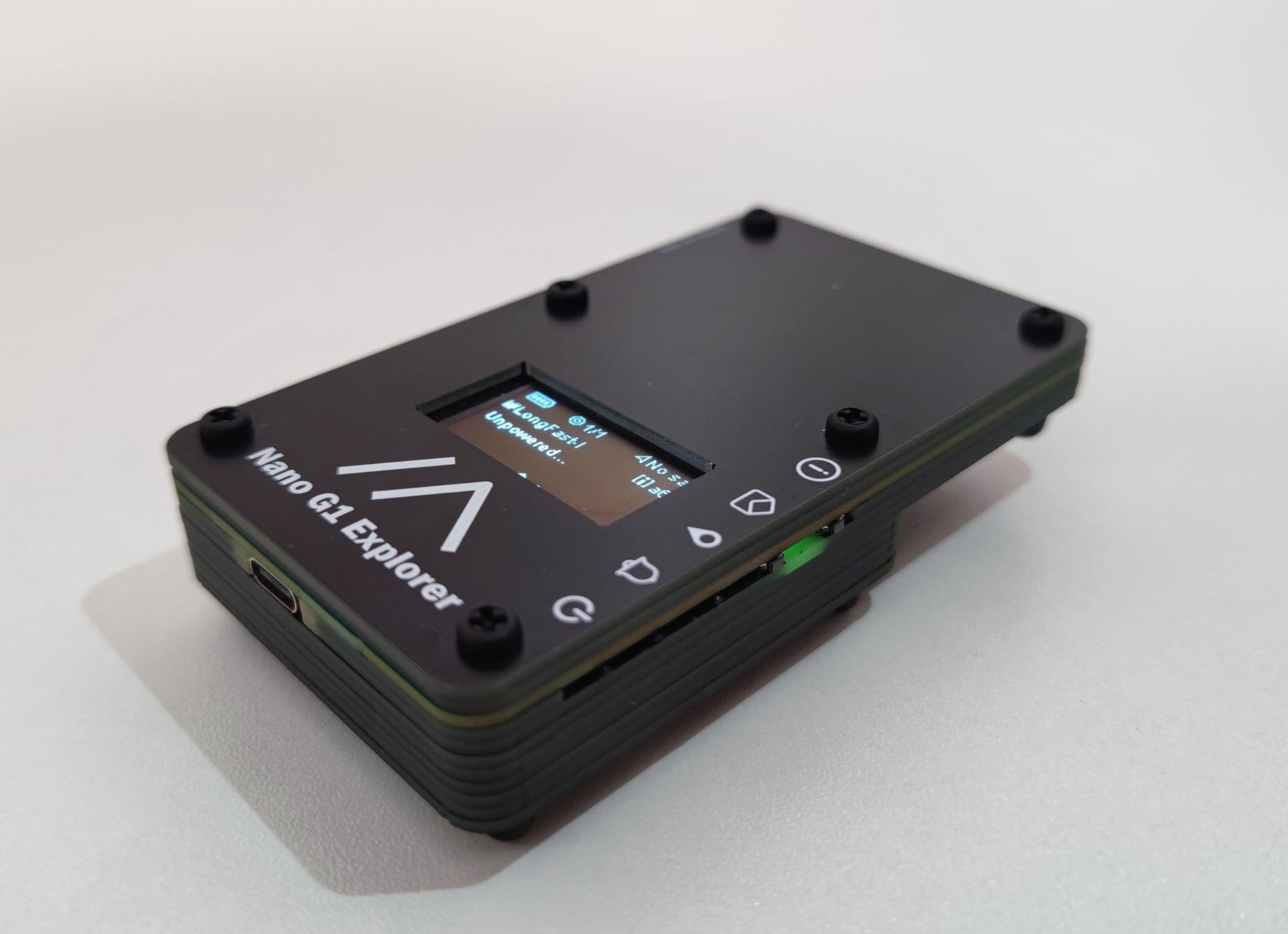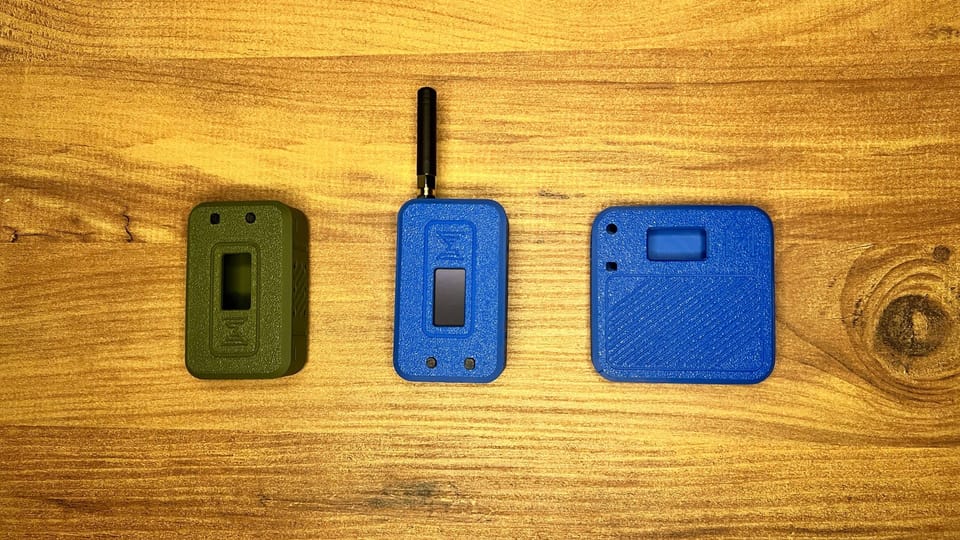How To Add Sound Sensor To Your Meshtastic Node
Integrate a sound sensor into your ESP32-based LoRa Meshtastic Node with our guide, suitable for boards like Heltec V3 Lora, TTGo, or T-Beam. This setup allows the network to broadcast messages when the sensor detects sound.

In this guide, we'll walk you through adding a sound sensor to your existing ESP32-based Lora Meshtastic Node. This guide will work for any ESP32-based board like Heltec V3 Lora, DIY ESP-32 Lora, TTGo, or T-Beam with some changes to the pin numbers.

Hardware
Now let's get started with the hardware you need:

- 1x 3.3-5V Digital Sound Detection Sensor Module - AliExpress Price: 0.50 USD | Amazon US Price 5.99USD
- 3x Female to Female Pin Connector AliExpress Price: 0.42USD | Amazon US Price 5.49USD
Assembly
The hardware is all ready and set now to the wiring. For this, we will follow the following Schematics.
Digital Sound Detection Sensor Module 3V - Heltec Lora v3

Digital Sound Detection Sensor Module 5V - Heltec Lora v3

- VCC -> 3V3 \ 5V
- DO -> PIN 46 / or Any other empty PIN of your choice
- GND -> GND
Once all the wiring is completed. Double-check your connections and ensure they match the suggested layout before proceeding to the next steps.
Meshtastic Settings
On the Sensor Device
- Open Meshtastic App (IOS for this guide)
- Go to the Settings page
- In the module configuration section go to Detection Sensor
- Toggle the switch to enable Enable
- Give the sensor a name
- Set GPIO PIN to monitor to PIN 46
- Lastly, press Save
On the Client Device
- Open Meshtastic App (IOS for this guide)
- Go to the Settings page
- In the module configuration section go to Detection Sensor
- Toggle the switch to enable Enable
- Right under the toggle select Client this time.
- Lastly, press Save
Once this is set up, you'll receive messages on the public channel whenever the sensor is triggered. It's worth noting that if your sensor is expected to be triggered frequently, consider setting a limit in the settings. Saturating the network could potentially lead to issues with sending and receiving data. Check out or Channel Utilization post for more information

In conclusion, this guide ensures seamless integration of a sound sensor into your ESP32 based Lora node or any other ESP32-based board like ESP32 DIY Lora, TTGo, or T-Beam Meshtastic Node, extending its capabilities. The instructions provided are for Heltec Lora V3, yet you can also apply to any other ESP32-based with minor adjustments. Remember to be mindful of network usage to optimize data transmission. This guide not only enhances your device with a sound sensor but also opens up possibilities for incorporating other sensors. Explore the potential of your Meshtastic Node by experimenting with diverse sensors and configurations, broadening the scope of applications for your mesh network. Happy tinkering and discovering new horizons!





